Paul Petersen
MISIM: An End-to-End Neural Code Similarity System
Jun 15, 2020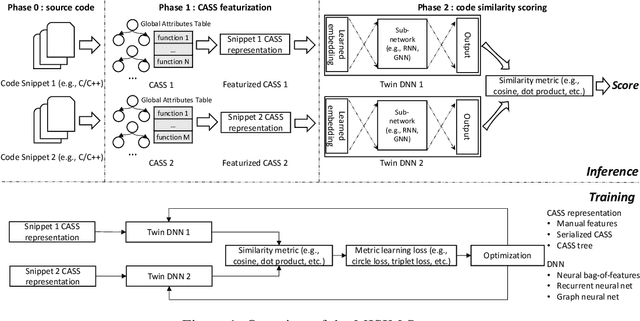


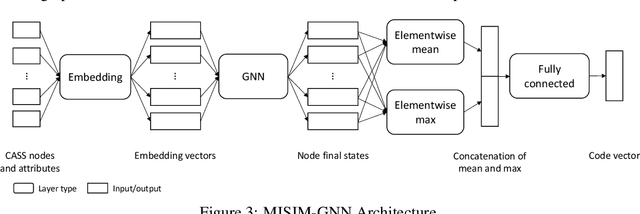
Abstract:Code similarity systems are integral to a range of applications from code recommendation to automated construction of software tests and defect mitigation. In this paper, we present Machine Inferred Code Similarity (MISIM), a novel end-to-end code similarity system that consists of two core components. First, MISIM uses a novel context-aware similarity structure, which is designed to aid in lifting semantic meaning from code syntax. Second, MISIM provides a neural-based code similarity scoring system, which can be implemented with various neural network algorithms and topologies with learned parameters. We compare MISIM to three other state-of-the-art code similarity systems: (i) code2vec, (ii) Neural Code Comprehension, and (iii) Aroma. In our experimental evaluation across 45,780 programs, MISIM consistently outperformed all three systems, often by a large factor (upwards of 40.6x).
Context-Aware Parse Trees
Mar 24, 2020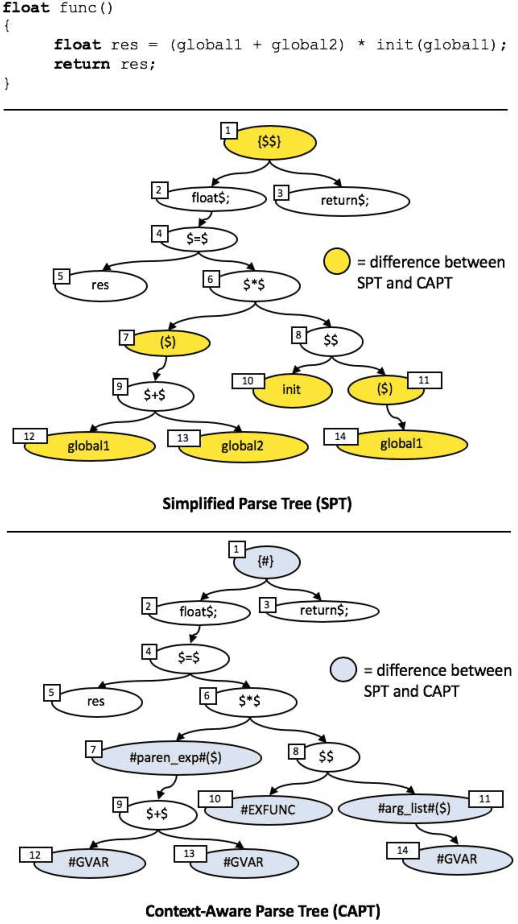
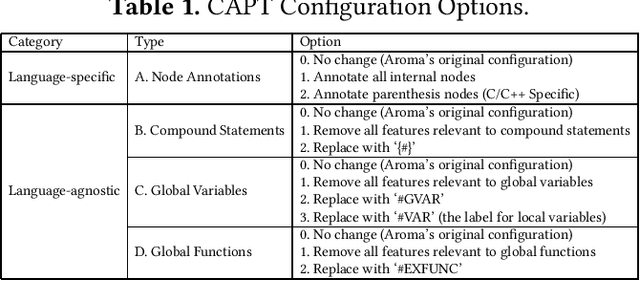
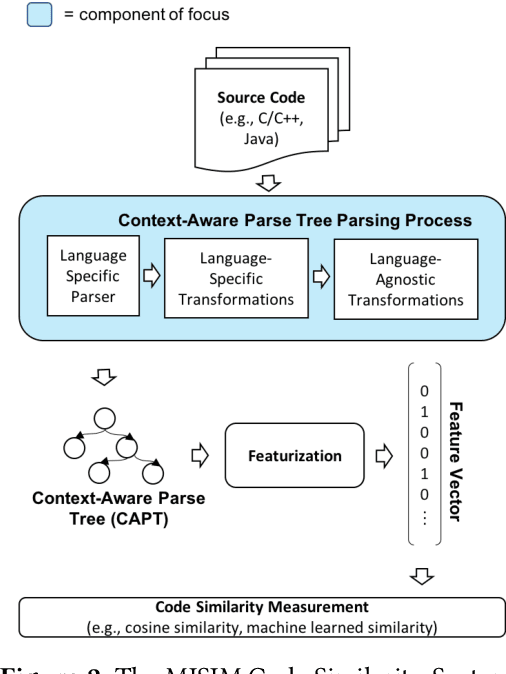
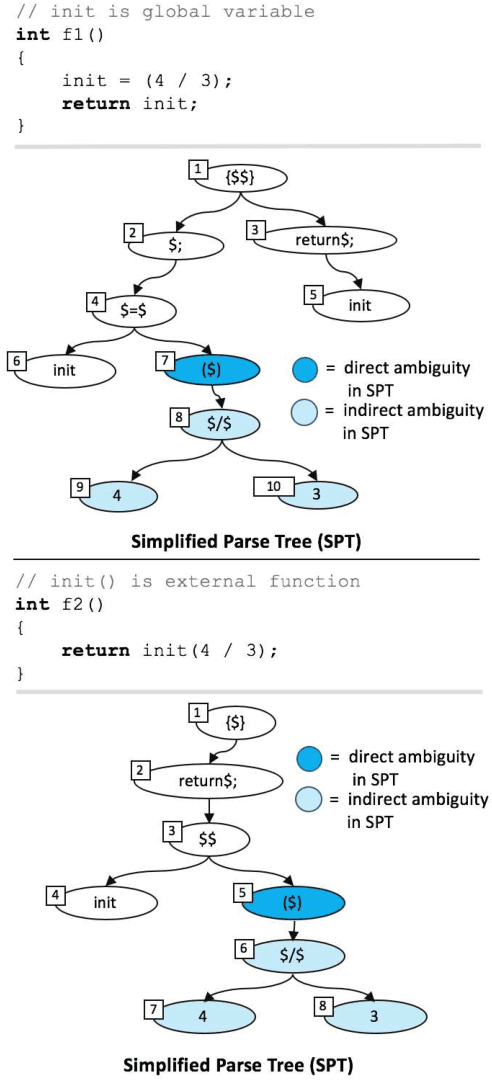
Abstract:The simplified parse tree (SPT) presented in Aroma, a state-of-the-art code recommendation system, is a tree-structured representation used to infer code semantics by capturing program \emph{structure} rather than program \emph{syntax}. This is a departure from the classical abstract syntax tree, which is principally driven by programming language syntax. While we believe a semantics-driven representation is desirable, the specifics of an SPT's construction can impact its performance. We analyze these nuances and present a new tree structure, heavily influenced by Aroma's SPT, called a \emph{context-aware parse tree} (CAPT). CAPT enhances SPT by providing a richer level of semantic representation. Specifically, CAPT provides additional binding support for language-specific techniques for adding semantically-salient features, and language-agnostic techniques for removing syntactically-present but semantically-irrelevant features. Our research quantitatively demonstrates the value of our proposed semantically-salient features, enabling a specific CAPT configuration to be 39\% more accurate than SPT across the 48,610 programs we analyzed.
 Add to Chrome
Add to Chrome Add to Firefox
Add to Firefox Add to Edge
Add to Edge